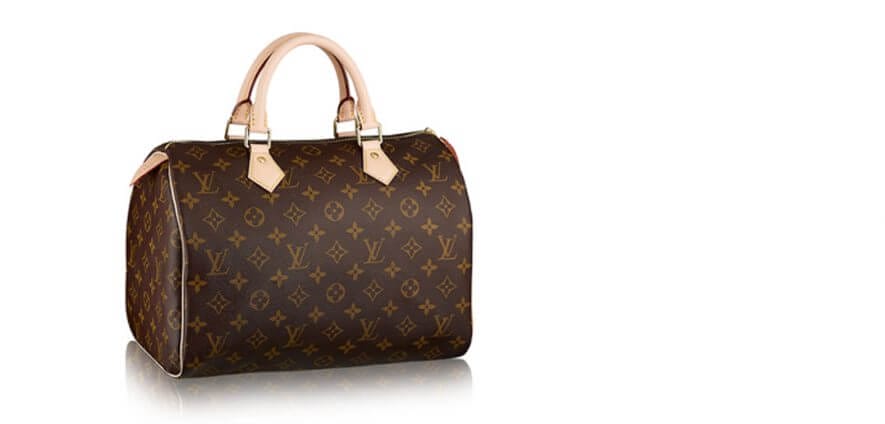Let’s take the analysis of Business of Fashion on the tag price of the Louis Vuitton Speedy 30 bag. On the same day, last May 23rd, the same article in the physical and virtual boutique of the planet has a cost ranging from a minimum of $ 793 of Morocco to a maximum of 1,322 in Brazil, going from 854 in France, 1.036 of Hong Kong and 1,138 China. In Italy, we add, the Speedy 30 costs 760 euro (about 837 US dollars: among the Western countries analyzed, cheapest of the Boot there is nothing). The French fashion house, therefore, offers its products on the global market with a gap between the lowest price and the highest of 66%. Heritage of the tag policy, the one that the griffe have applied by roughly the 90s (when the network has expanded to new emerging middle classes in Asia and South America) to impose markets differentiated prices to derive margins as high as possible. Practice today, accomplices e-commerce and expansion of the traveling public, shows the rope. According to Exane BNP Paribas 50% of the luxury market is driven by tourists, who take the opportunity of the stays abroad to make purchases on cheaper squares, while the consulting firm Bain & Co., says that “overall transparency of prices it is the ground of confrontation between the jaws of the challenge. ” No revolves around Marco Bizzarri, President and CEO of Gucci, who recently said: “Price fairness is the key word. Today the price lever to increase revenue can not be used indiscriminately, as they did until a few years ago. Every consumer has access to all the information they need.
Griffe: the party (of the receipt) is over? Excessive differences: it’s time of price fairness











